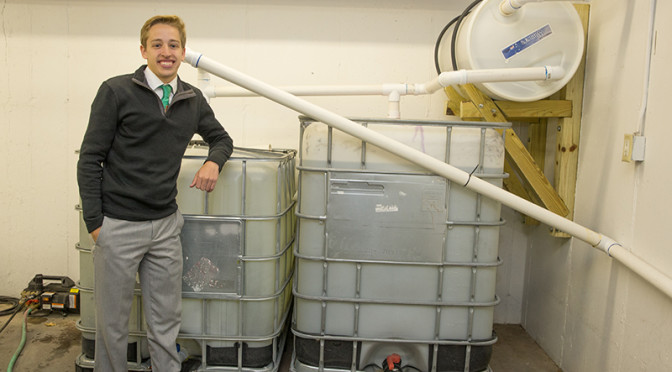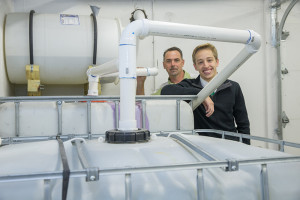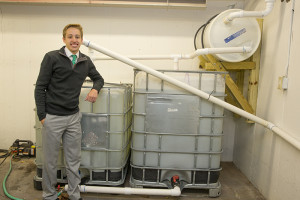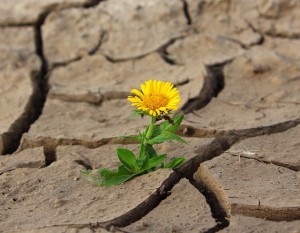 We at RainBank firmly hold true the belief that access to clean water is a basic human health necessity and a deserved right for all people.
We at RainBank firmly hold true the belief that access to clean water is a basic human health necessity and a deserved right for all people.
The effects of climate change threaten our supplies of this resource that we simply cannot live without. According to the NDRC (National Resources Defense Council), nearly every U.S. region is facing some increased risk of seasonal drought.
The NDRC also reports “climate change will significantly affect the sustainability of water supplies in the coming decades. As parts of the country get drier, the amount of water available and its quality will likely decrease – impacting people’s health and food supplies.”
According to its website, the NRDC is a U.S. environmental action group, combining the grassroots power of more than 2 million members and online activists with the courtroom clout and expertise of nearly 500 lawyers, scientists and other professionals.
The article Drought: Threats to Water and Food Security discusses how public health will be compromised if access to clean water isn’t always available. Many states including California, New York, Maryland, New Hampshire, Oregon, Pennsylvania, Washington, Wisconsin and Virginia have developed drought plans.
The Untapped Savings In California’s Water Supply offers suggestions on ways to conserve water through rainwater harvesting, water reuse, energy efficient appliances and drought resistant landscaping.
We can all do our part to conserve and preserve water – our lives on this planet depend on it!

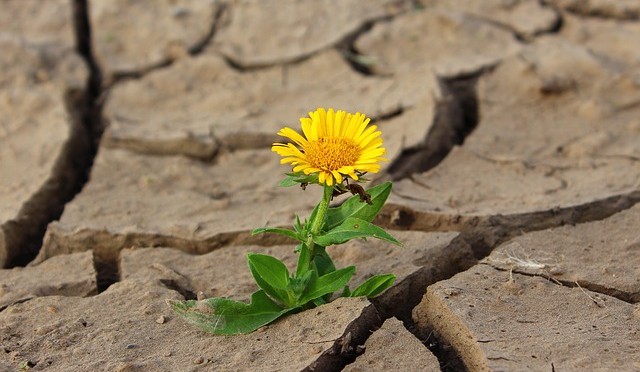
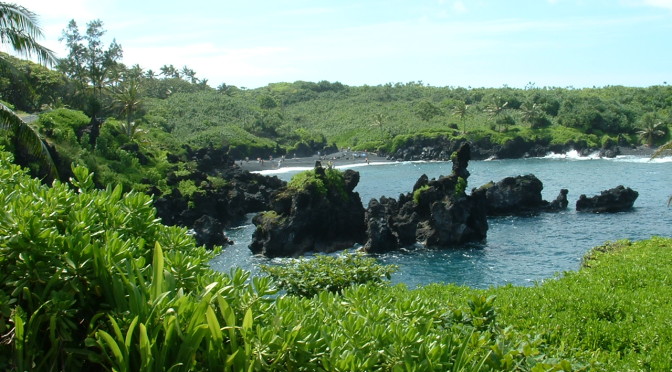
 As some of us living in colder climes hunker down for the cold weather, now is a good time to share an article from
As some of us living in colder climes hunker down for the cold weather, now is a good time to share an article from 